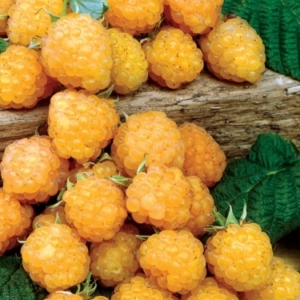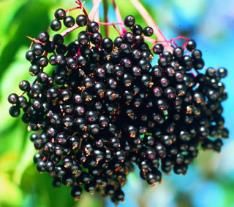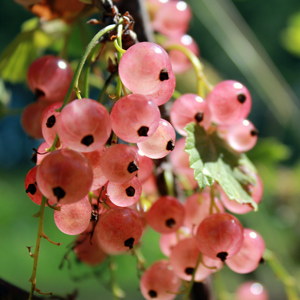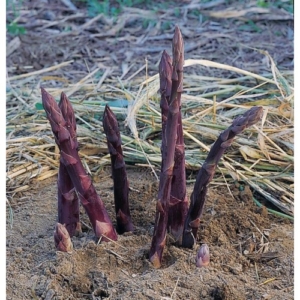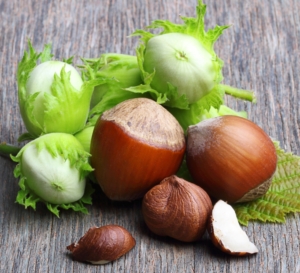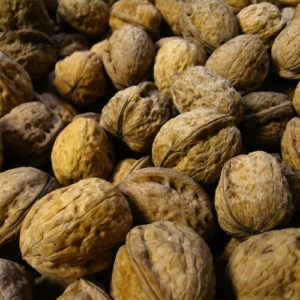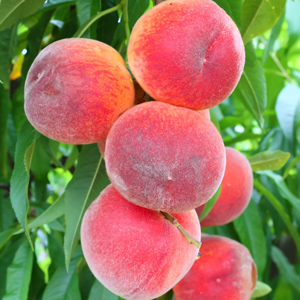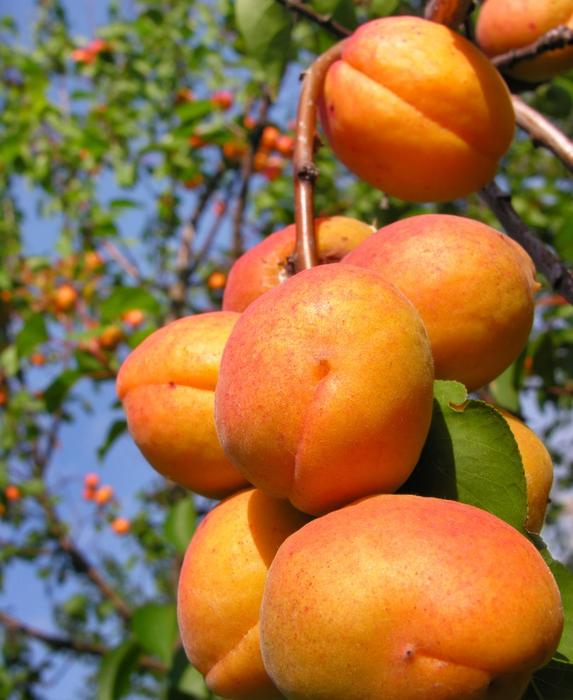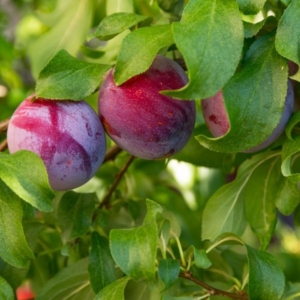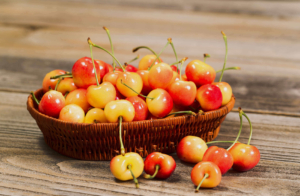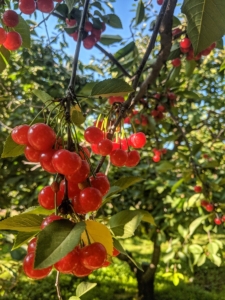Top 10 Roses for 2023
Top 10 Roses for disease-resistance, fragrance, and repeat blooming
I am crazy about roses – but only the GOOD ones! That means cultivars that score high for disease-resistance, fragrance, and repeat flowering. I exclude any variety with low scores in those categories. I also favor roses that are good for cut flowers. For this reason, any of the roses we carry should be solid performers for a PNW garden. Nonetheless, here are my Top 10 Roses for 2023.
Apricot Candy
This ruffled hybrid tea rose will delight you with her spicey fragrance as well as her above average disease resistance.
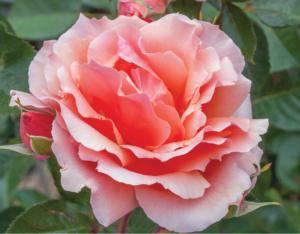
Orchid Romance
This bushy grower comes about as close to care-free as you can get with a rose! The petal count, lavender undertones, and strong citrus scent contribute to making this variety a winner!
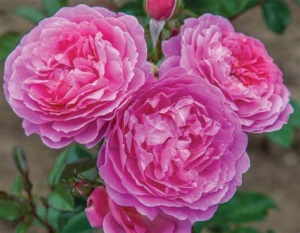
Pinkerbelle
I am excited to meet this rose in person to see this creamy pinkey-lavender color in reality. Those who love “neutral tone” flowers should definitely include this one in their gardens. In addition to the unique hue, and you’ll get to enjoy the spicey verbena fragrance and superior disease resistance, even to black spot!
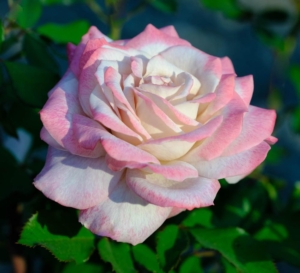
Ebb Tide
If the award-winning, spicy clove fragrance of this rose doesn’t seduce you, the sultry, velvet plum color and superior disease resistance will!
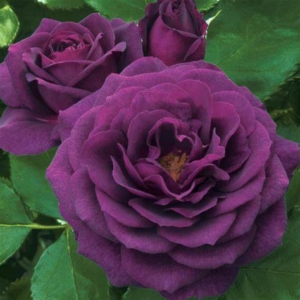
Princess Charlene de Monaco
I’m a sucker for an apricot-pink rose, especially when it has a luscious petal count and a fruity fragrance! This is a big, bushy girl great for the back of the border.
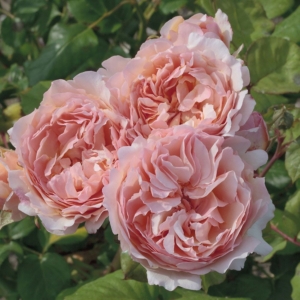
Lasting Love
This is for the classics out there – a red rose to knock your socks off. The repeat blooms begin a deep dusky red and become more radiant as they open. Glossy, disease resistant foliage emerges with red tints. The great cut flower offers the quintessential rose scent.
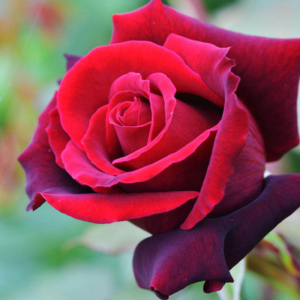
Julia Child
Did you know that Julia herself selected this rose?! If you love butter like she did, you’ll be thrilled to have this disease-resistant beauty in your garden. The delightful licorice candy fragrance makes me wonder what her favorite sweet was!
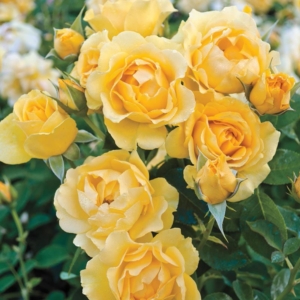
Sunbelt Crazy Love
I chose this one especially for the floral arrangers. Large, mottled copper-yellow blooms atop abundant dark green foliage will be fun in the vase – and all summer long, since this one is a repeat bloomer too!
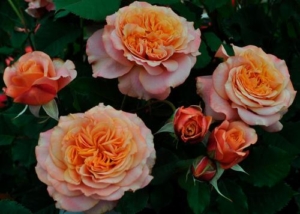
Garden Sun (Climbing)
Plant this prolific bloomer to enjoy flowers that begin a golden apricot and fade to a lemon chiffon color. This climber reaches 10’ – 12’ and has great disease resistance.
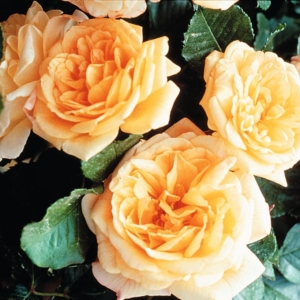
Arborose Tangerine Skies
This rose packs a wallop of cheer for the garden with an abundance of big fat strongly-scented orange flowers. You can grow this climber can as a large shrub or even as a pillar with support.
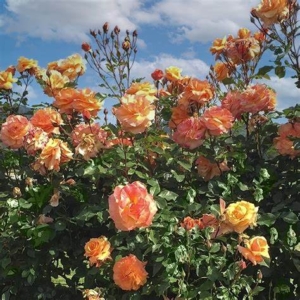
We’ve have more great posts to help you grow the best roses ever: How To Plant A Bare Root Rose and How To Have Success with Roses! Happy gardening!

